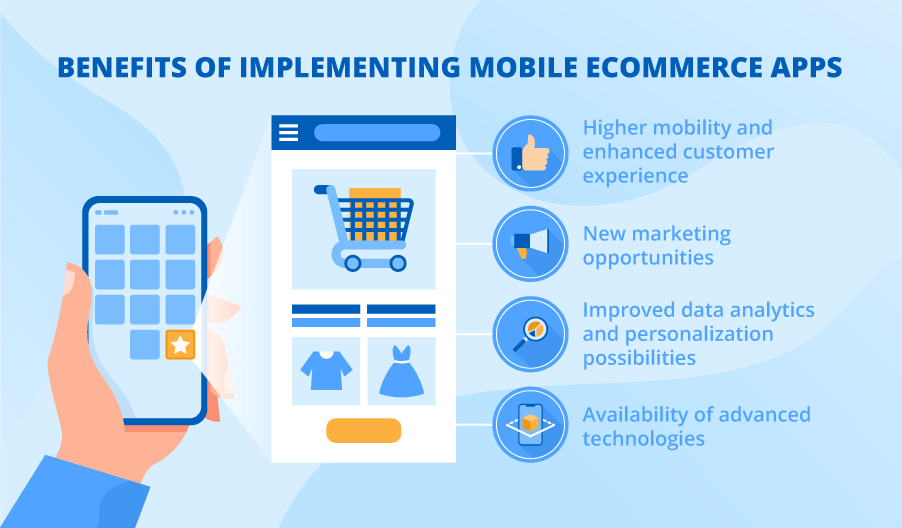Introduction
In today’s digital age, mobile devices have become an integral part of our lives. With the increasing popularity of smartphones and tablets, people are relying more on mobile devices for various activities, including shopping. As a result, having a mobile-responsive e-commerce app has become crucial for businesses. In this article, we will explore the importance of mobile responsiveness in your e-commerce app and its impact on user experience, SEO, and sales.
Regularly test your E-commerce Store on various devices and screen sizes to identify any issues with responsiveness. Use tools like Google’s Mobile-Friendly Test to check for mobile compatibility. Analyze user behavior and feedback to optimize the app’s performance continually.
Understanding Mobile Responsiveness
Mobile responsiveness refers to the ability of a website or app to adapt and display properly on different devices, such as smartphones, tablets, and desktops. A mobile-responsive e-commerce app ensures that the user interface, images, and content are optimized for smaller screens, providing a seamless experience to mobile users.
Mobile Responsiveness and User Experience
User experience plays a pivotal role in the success of an E-commerce app. A mobile-responsive app enhances the overall user experience by providing easy navigation, faster loading times, and intuitive design. Users can easily browse products, view images, and make purchases without any hindrance, leading to higher customer satisfaction and retention.
Impact of Mobile Responsiveness on SEO
Search engines, such as Google, prioritize mobile-friendly websites and apps in their search results. Having a mobile-responsive e-commerce app can significantly improve your SEO rankings, making it easier for potential customers to find your app when searching for products or services related to your business. This, in turn, can drive more organic traffic to your app, boosting visibility and potential sales.
Mobile Responsiveness and E-commerce Sales
The convenience of shopping on mobile devices has contributed to the growth of mobile commerce. A mobile-responsive e-commerce app can capitalize on this trend and increase sales. When customers find it easy to navigate, view products, and complete transactions on their mobile devices, they are more likely to make purchases. This enhances the chances of converting leads into loyal customers and boosts revenue for your business.
Tips for Improving Mobile Responsiveness
Use a responsive design framework: Implement a responsive design framework that automatically adjusts the layout and elements based on the user’s device.
Optimize images and media: Compress images and videos to reduce loading times and improve overall app performance.
Minimize redirects: Too many redirects can slow down the app’s loading speed. Minimize redirects to enhance user experience.
Test on various devices: Ensure that your app works smoothly on different devices and operating systems through rigorous testing.
Simplify checkout process: Streamline the checkout process by reducing the number of steps and making it mobile-friendly.
Testing and Optimizing Mobile Responsiveness
The Future of Mobile Responsiveness in E-commerce
As technology advances, the importance of mobile responsiveness in E-commerce will only grow. With the rise of 5G connectivity and the increasing number of mobile users, businesses must prioritize mobile responsiveness to stay competitive. Embracing the latest trends and technologies in mobile app development will be vital to meet customer expectations and demands.
Conclusion
Mobile responsiveness is no longer an option but a necessity for E-commerce businesses. A mobile-responsive app can enhance user experience, boost SEO rankings, and drive more sales. By following best practices and staying updated with the latest trends, businesses can create an exceptional mobile shopping experience for their customers.


